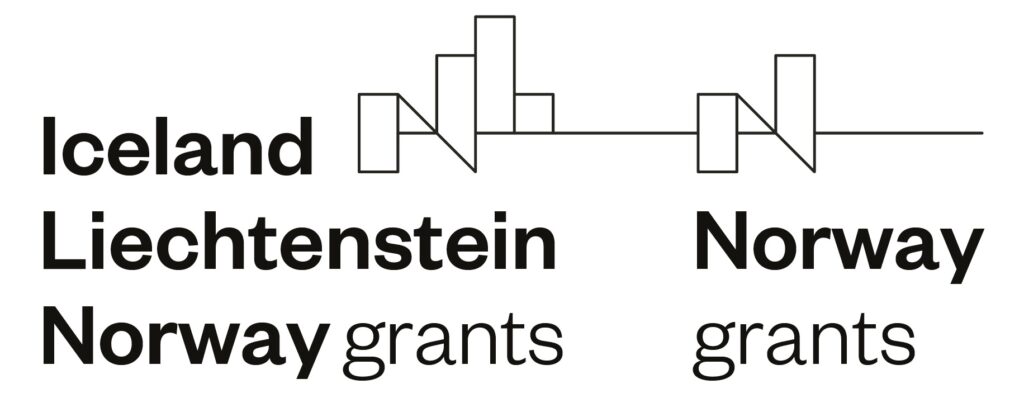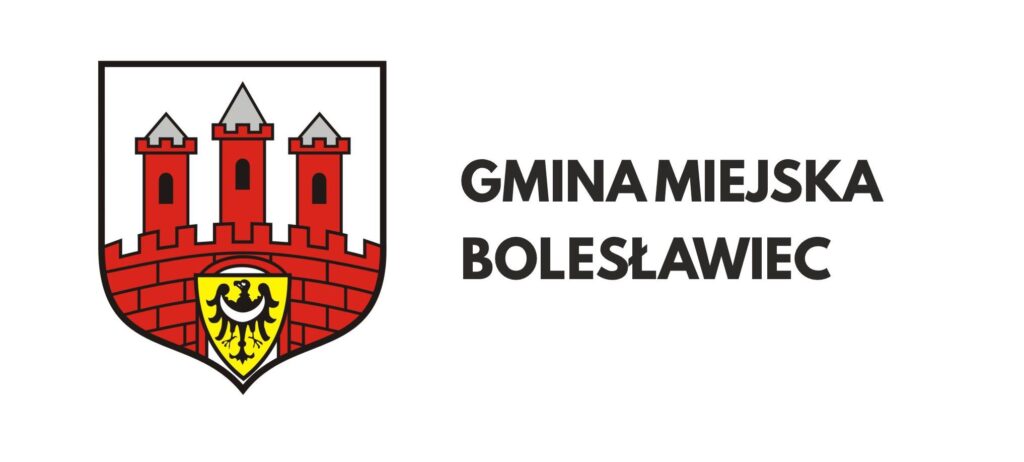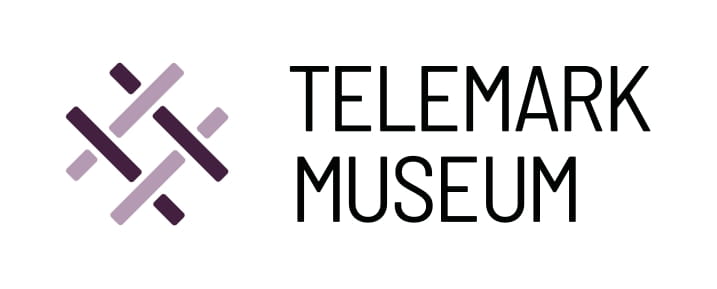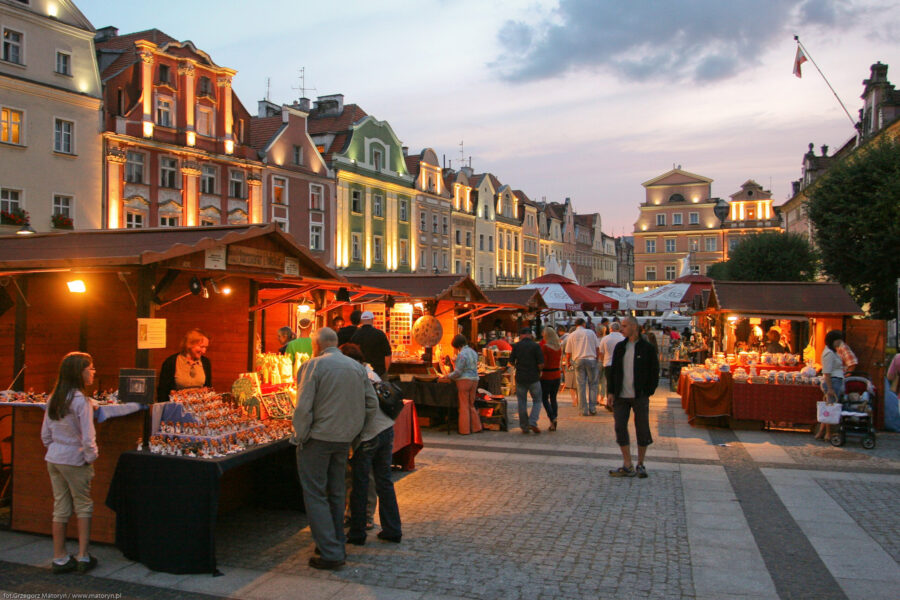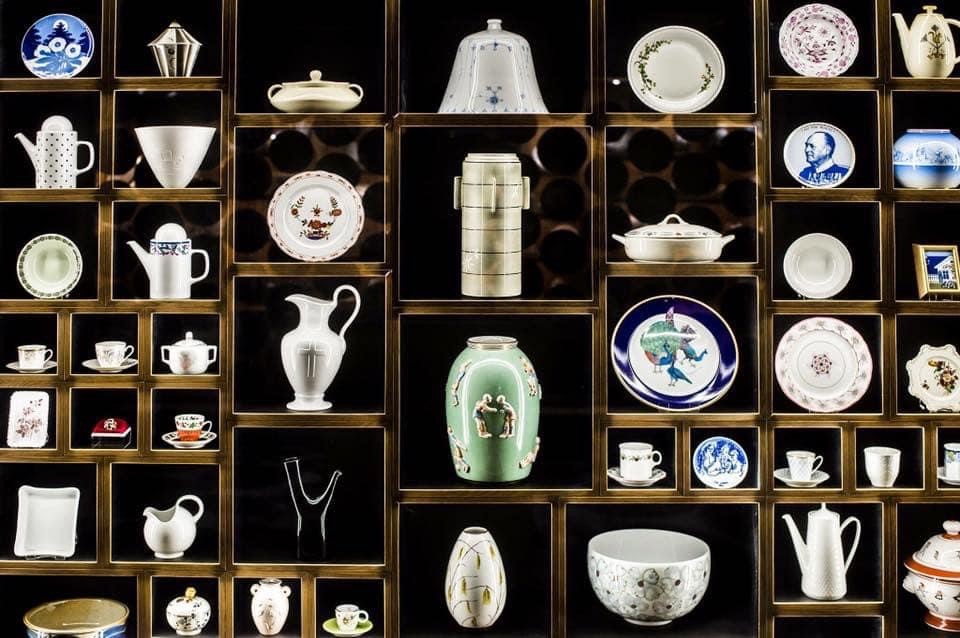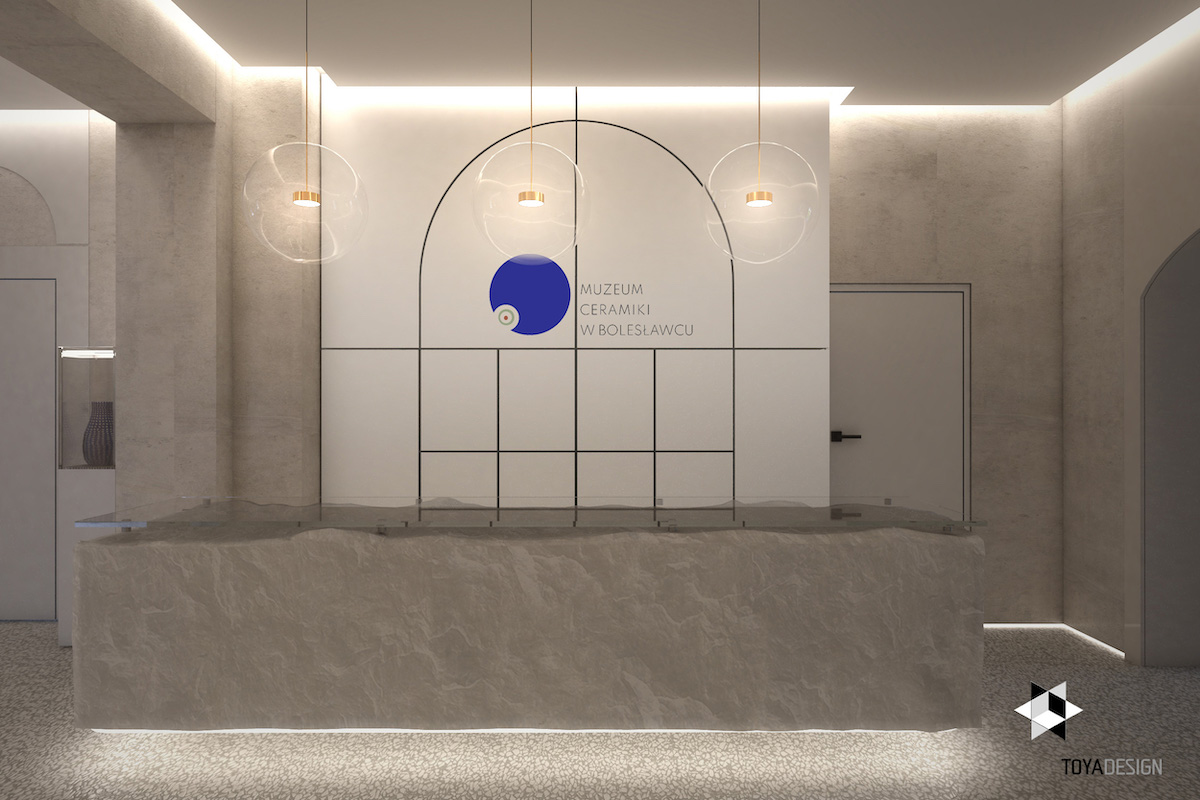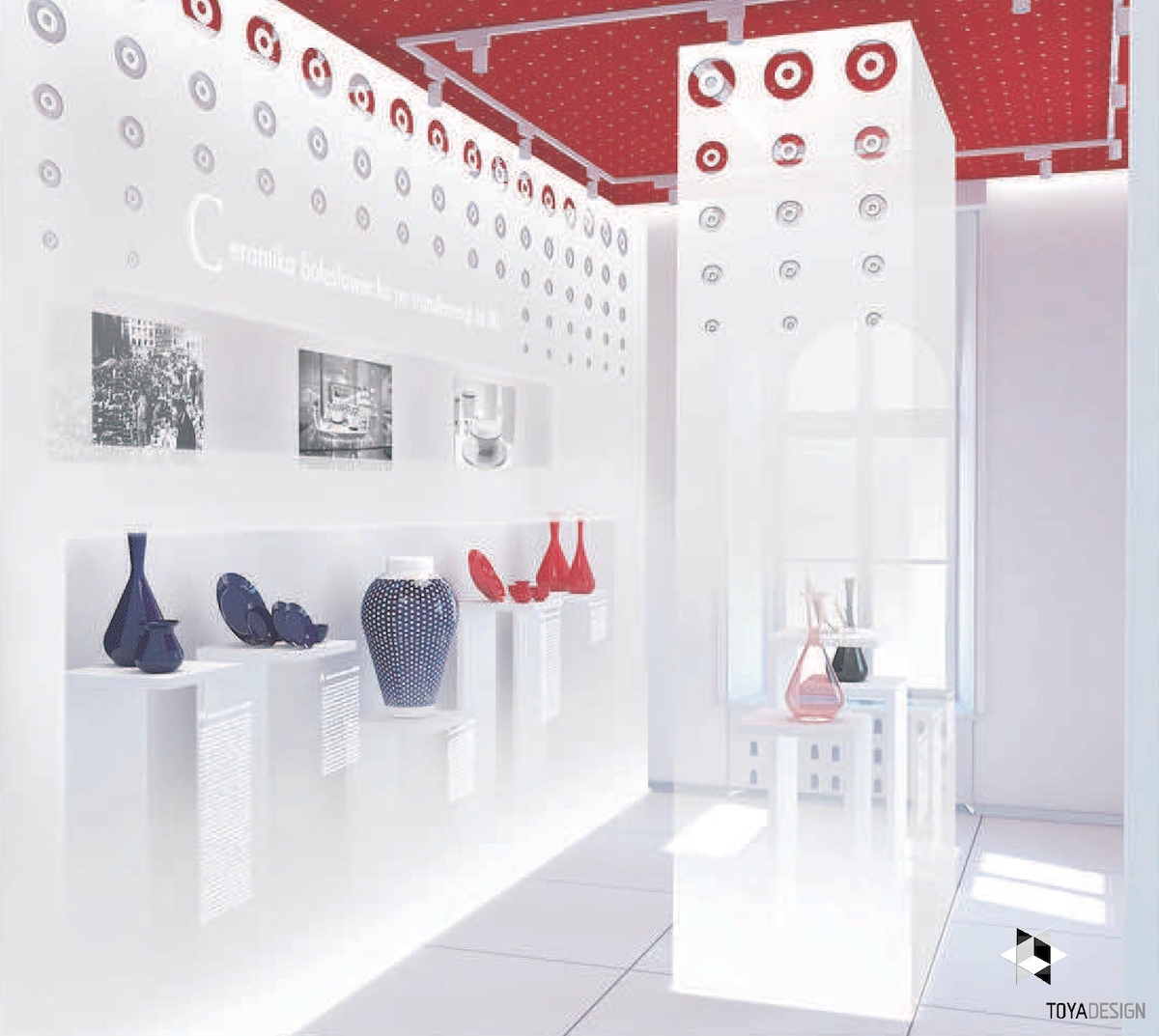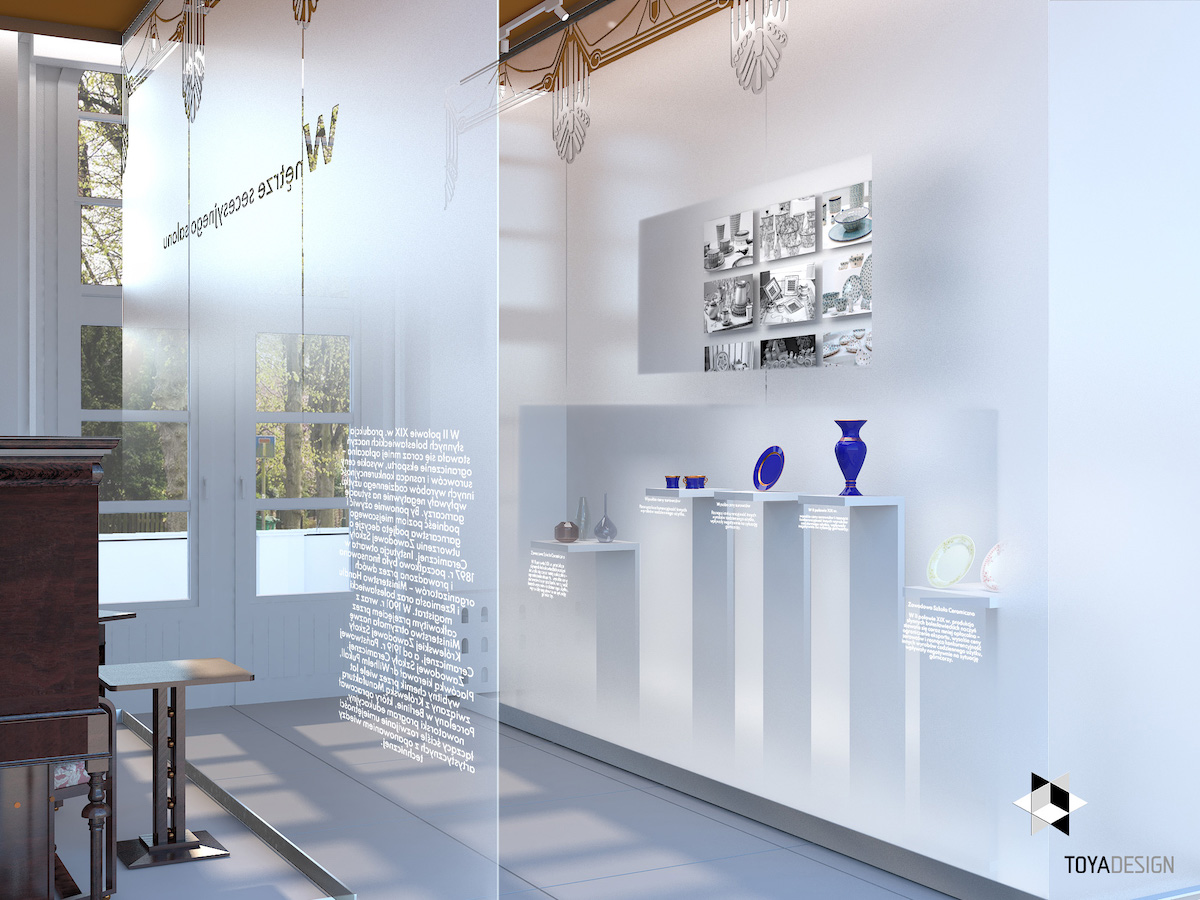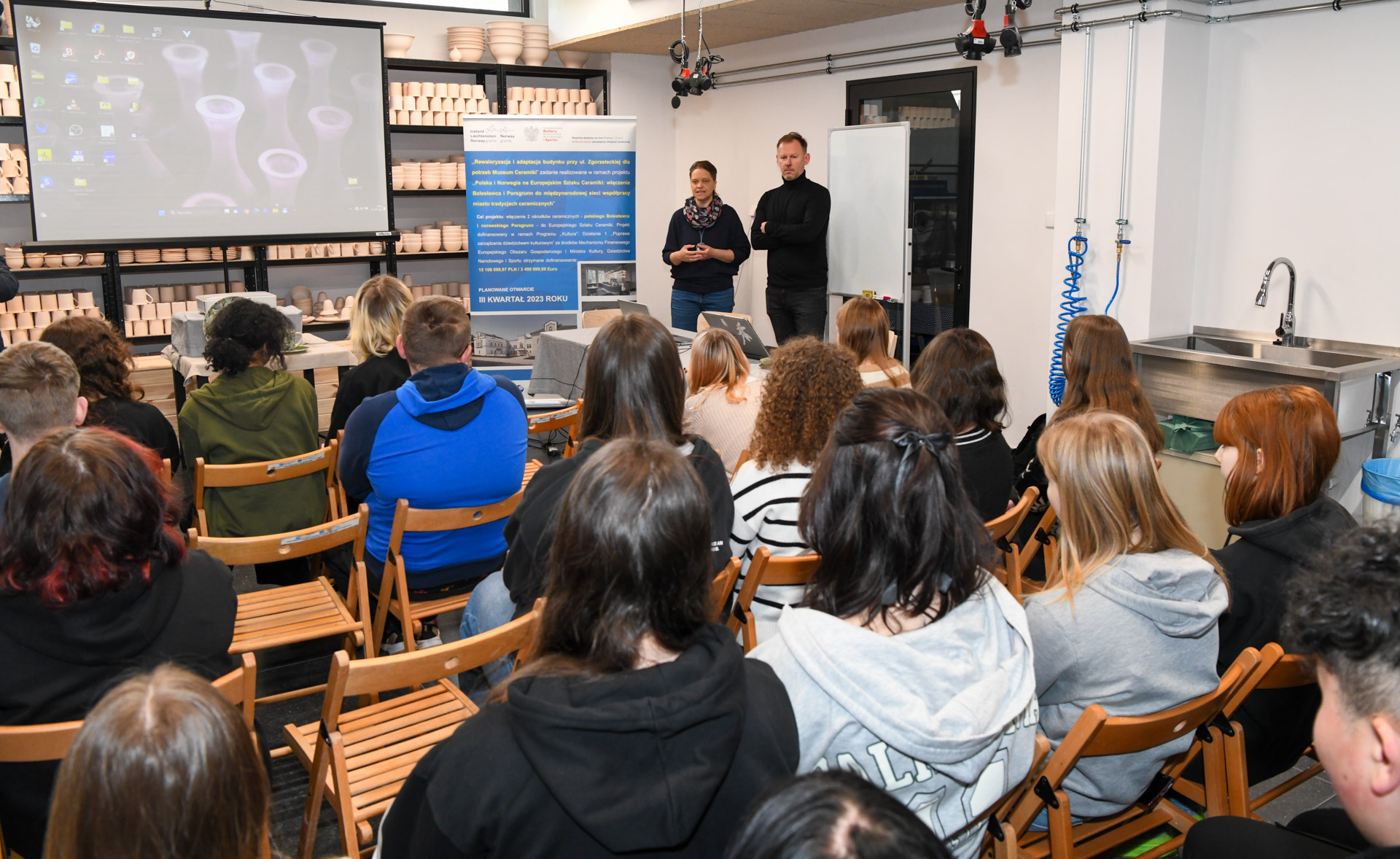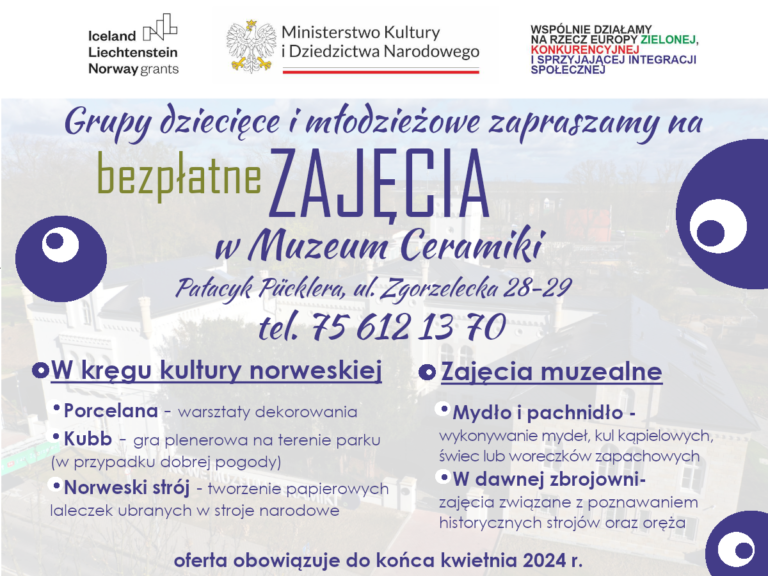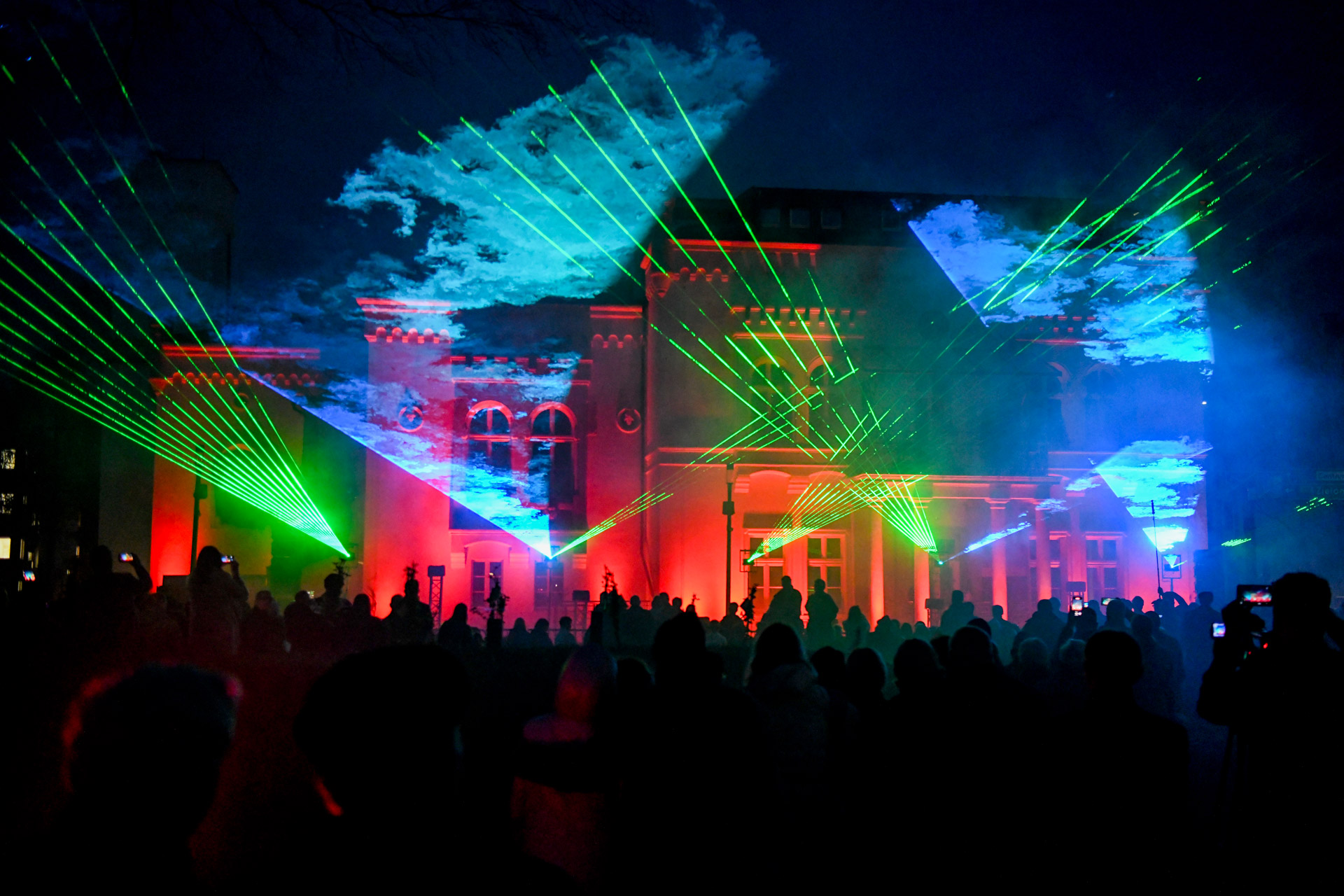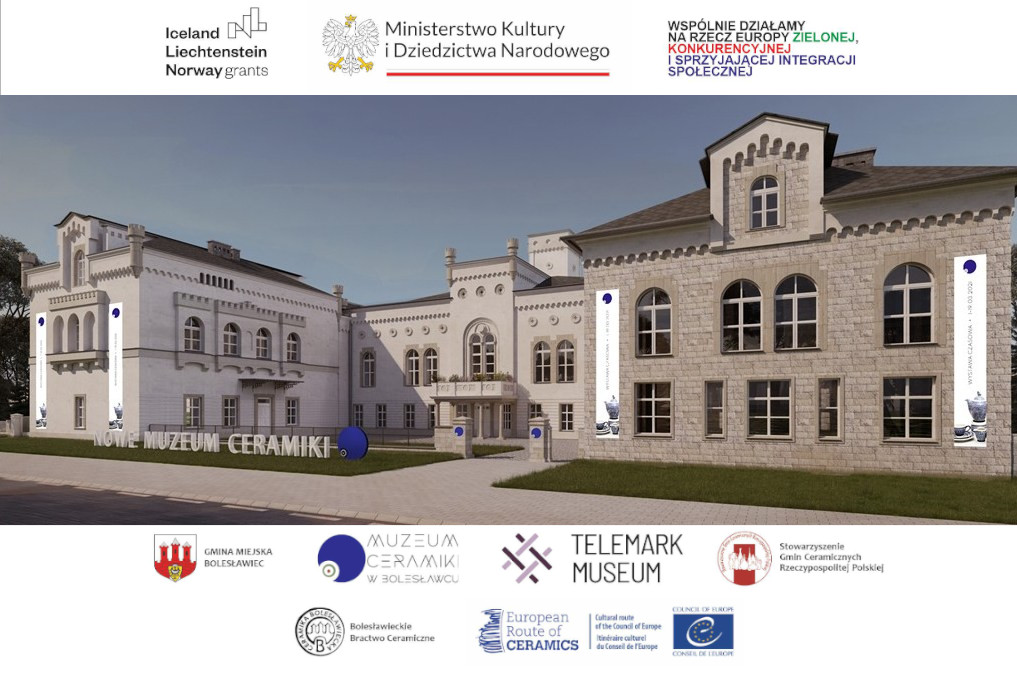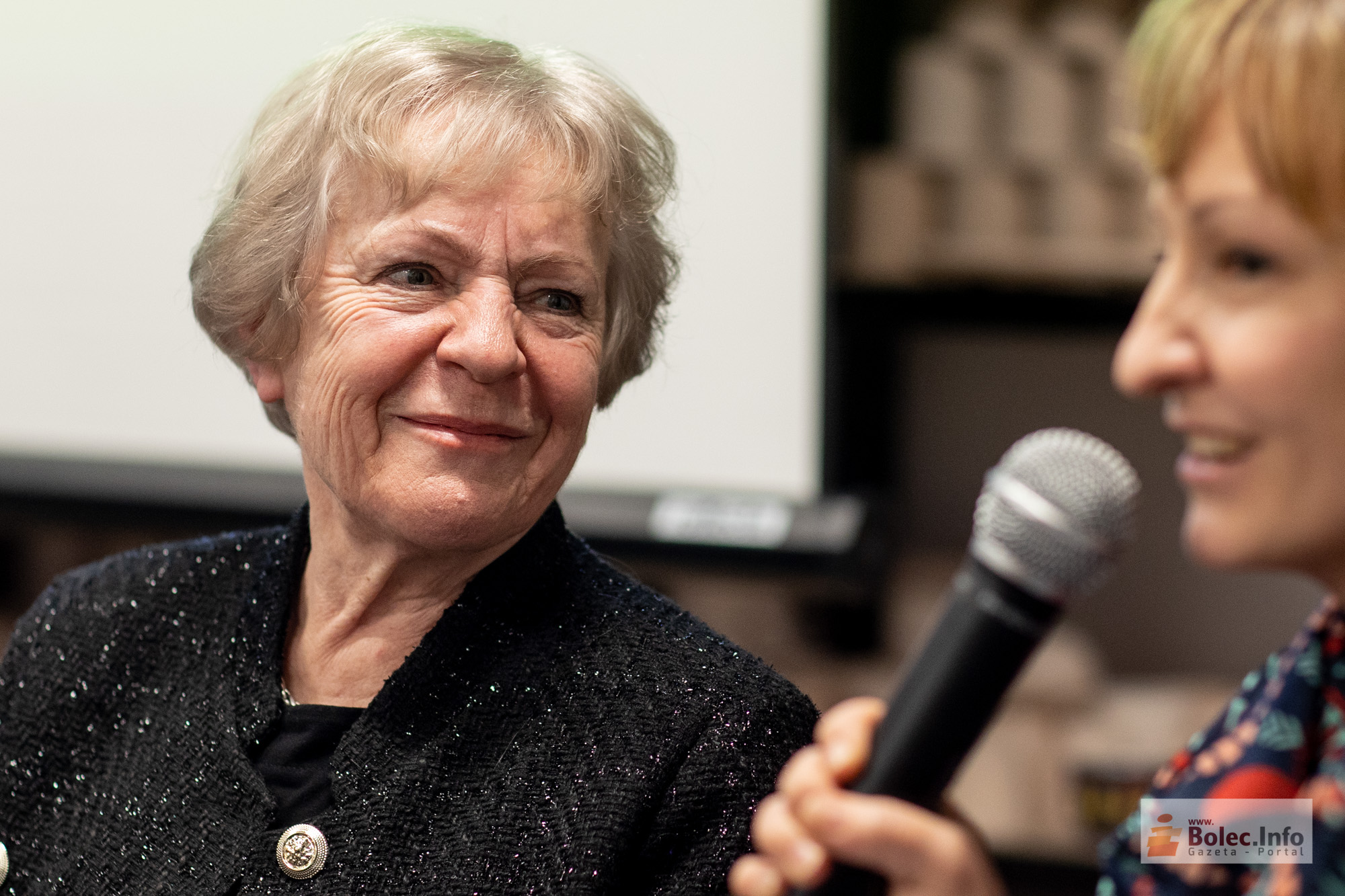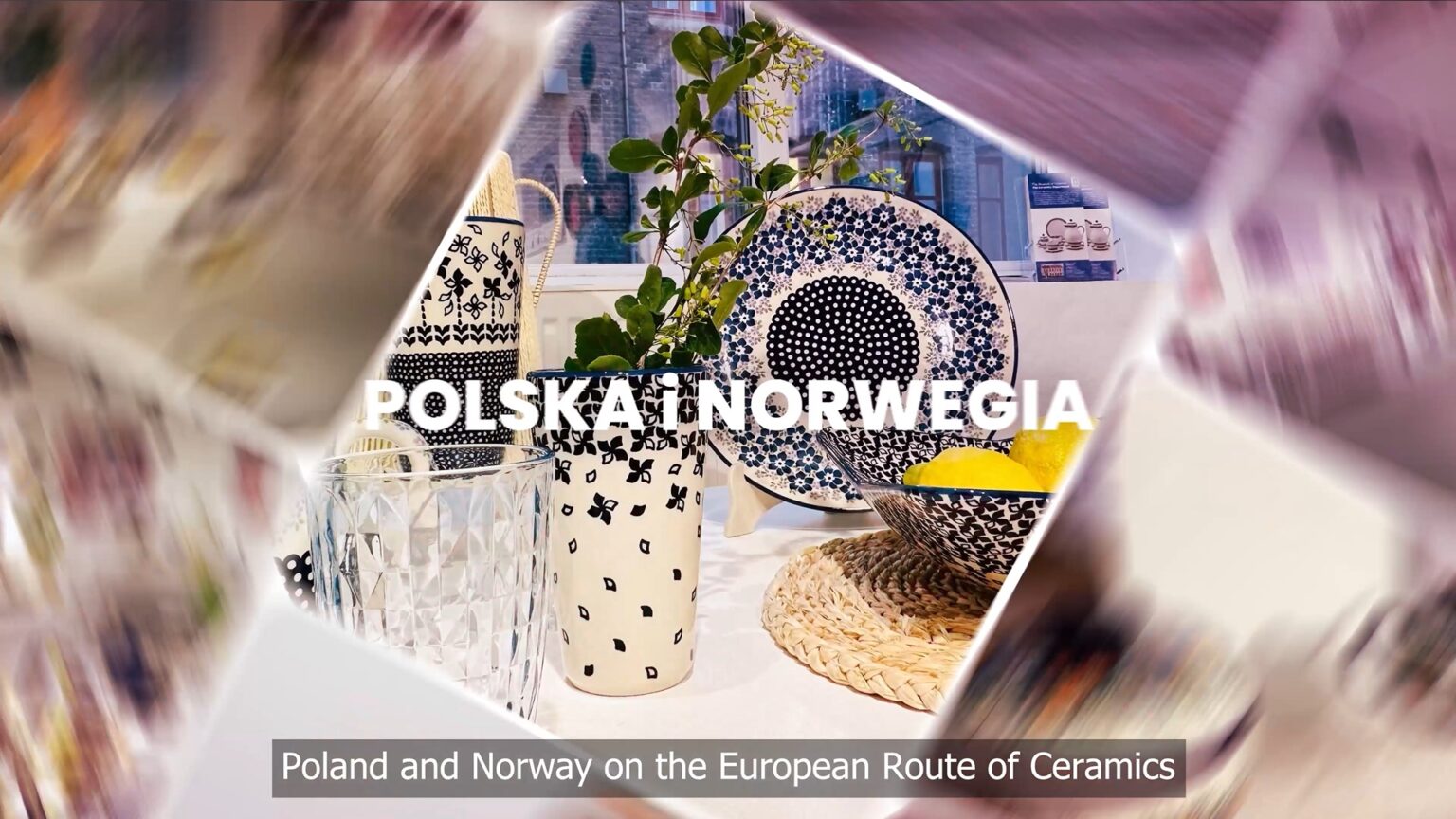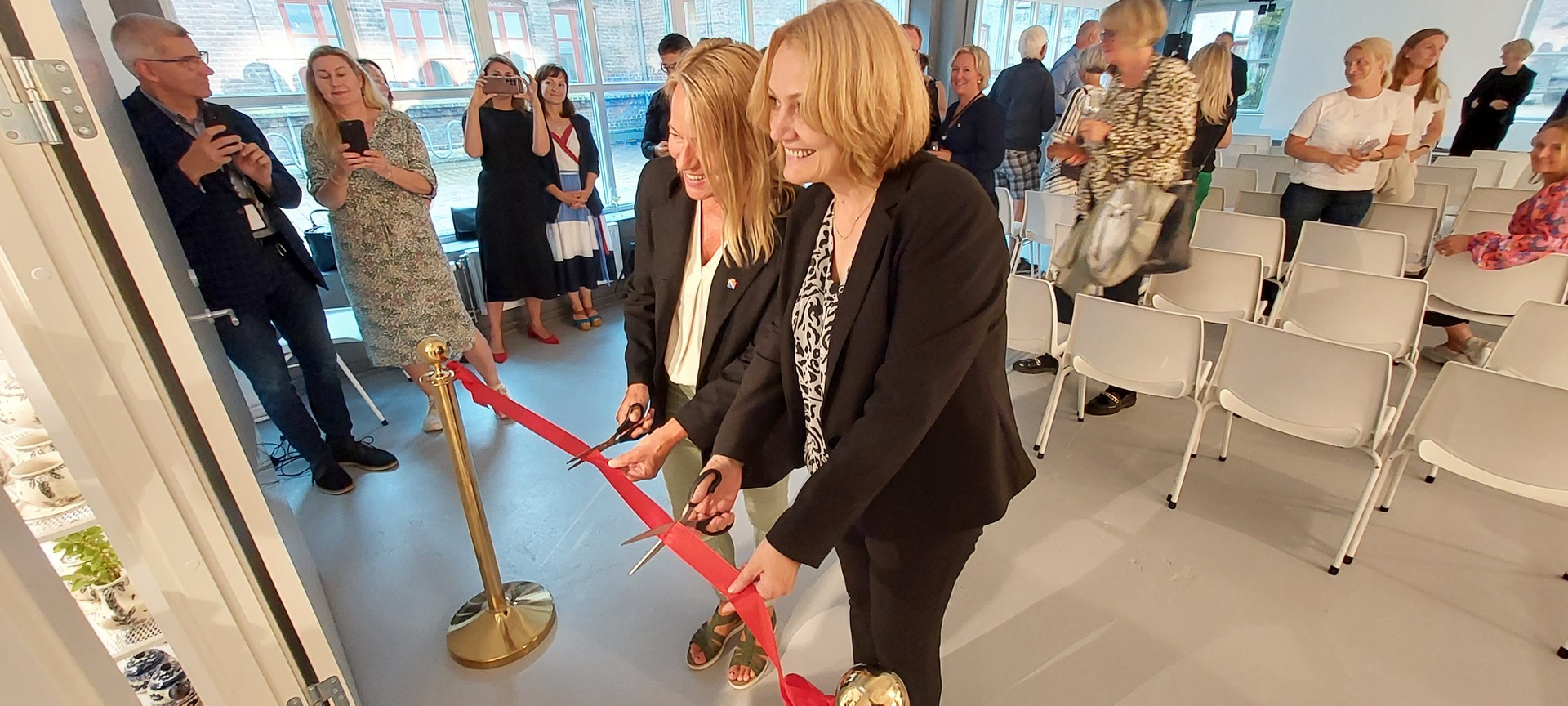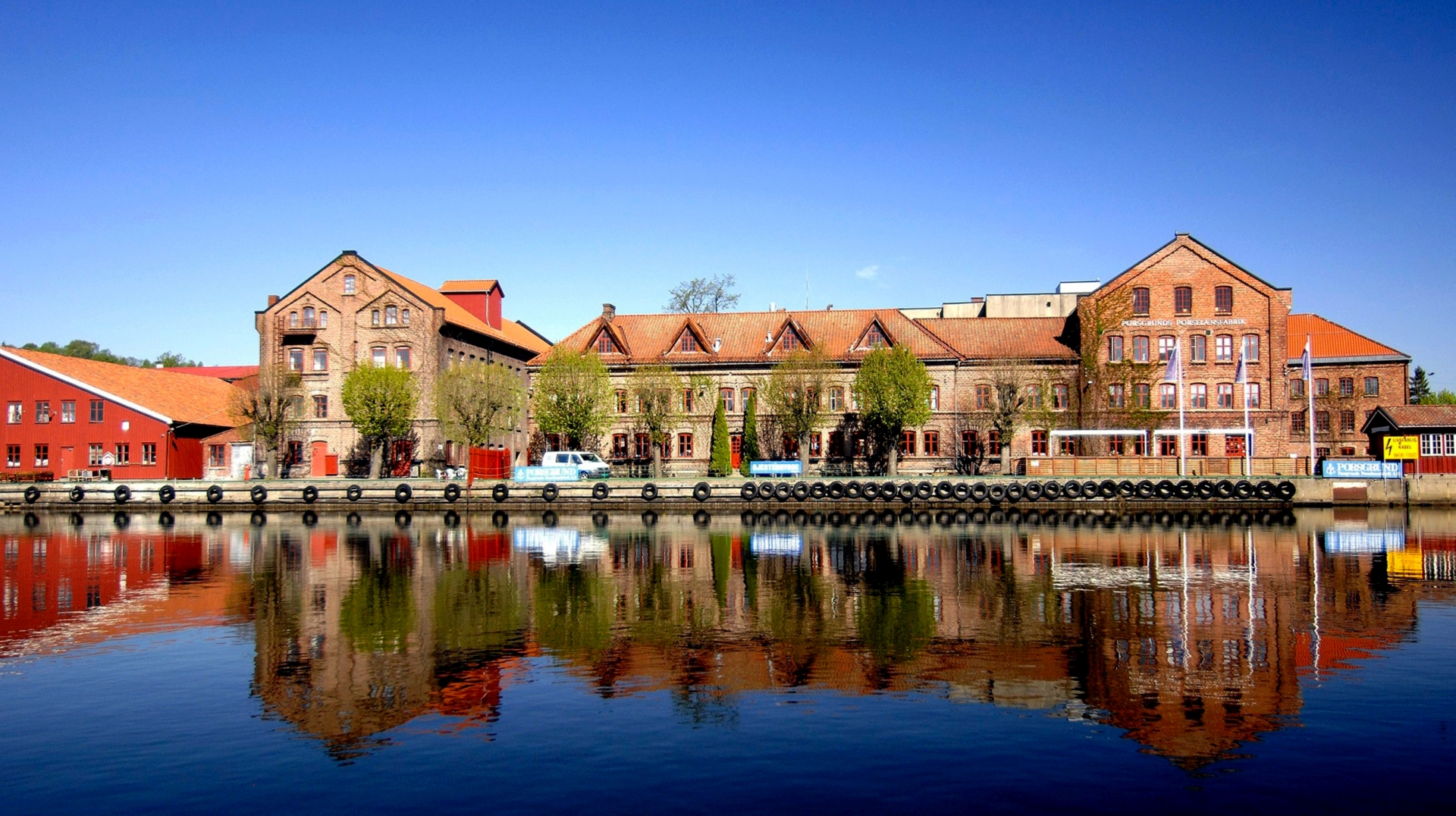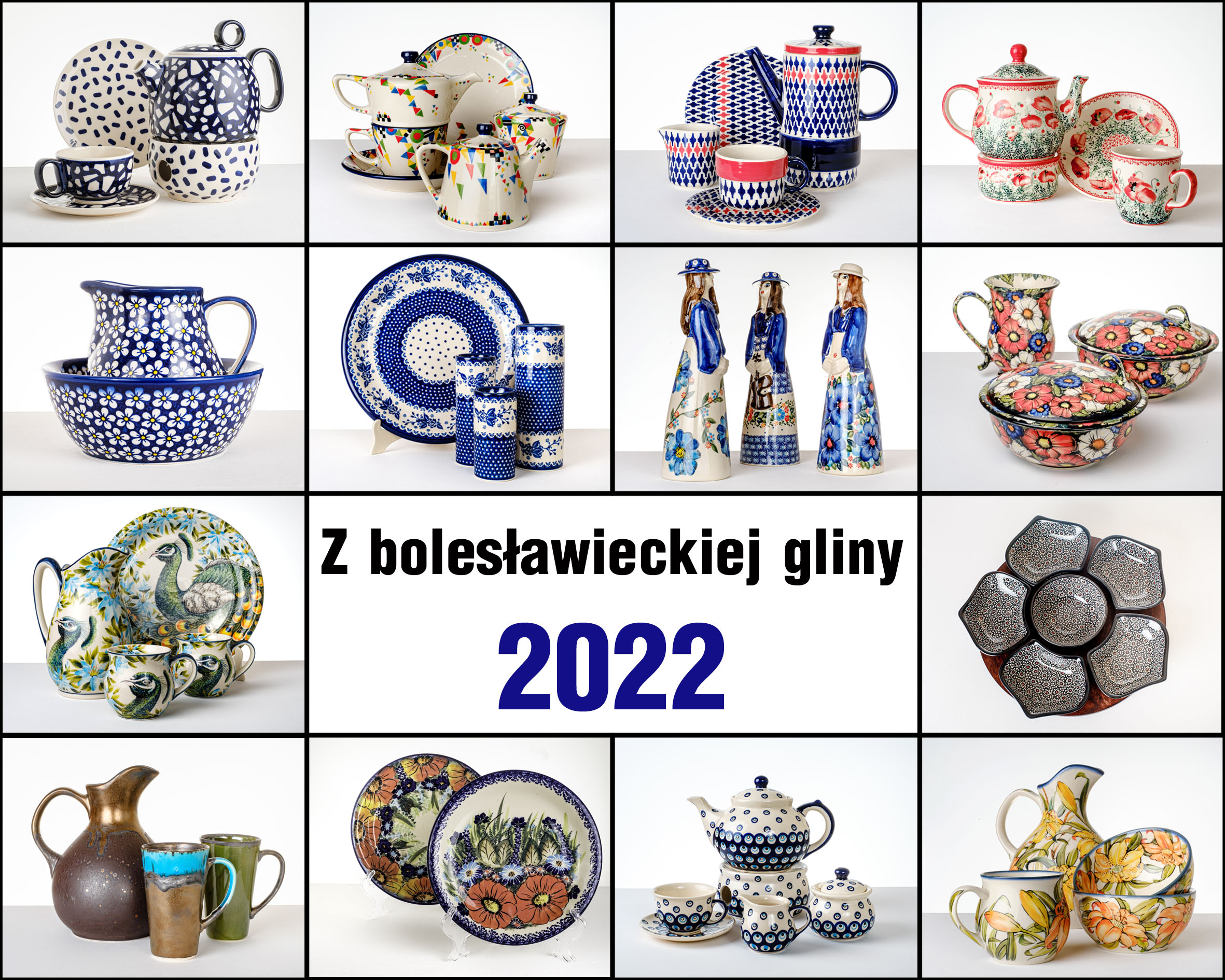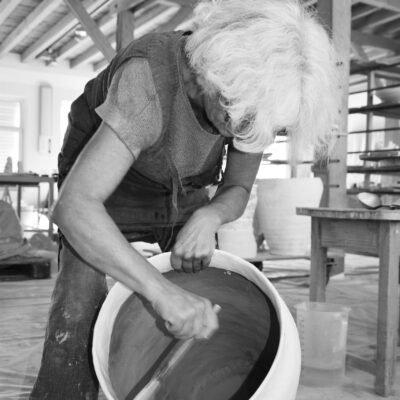The new headquarters of the Ceramics Museum is the former palace of Count Eduard von Pückler in Bolesławiec. Palace is one of the most valuable examples of local, 19th-century neo-Gothic architecture.
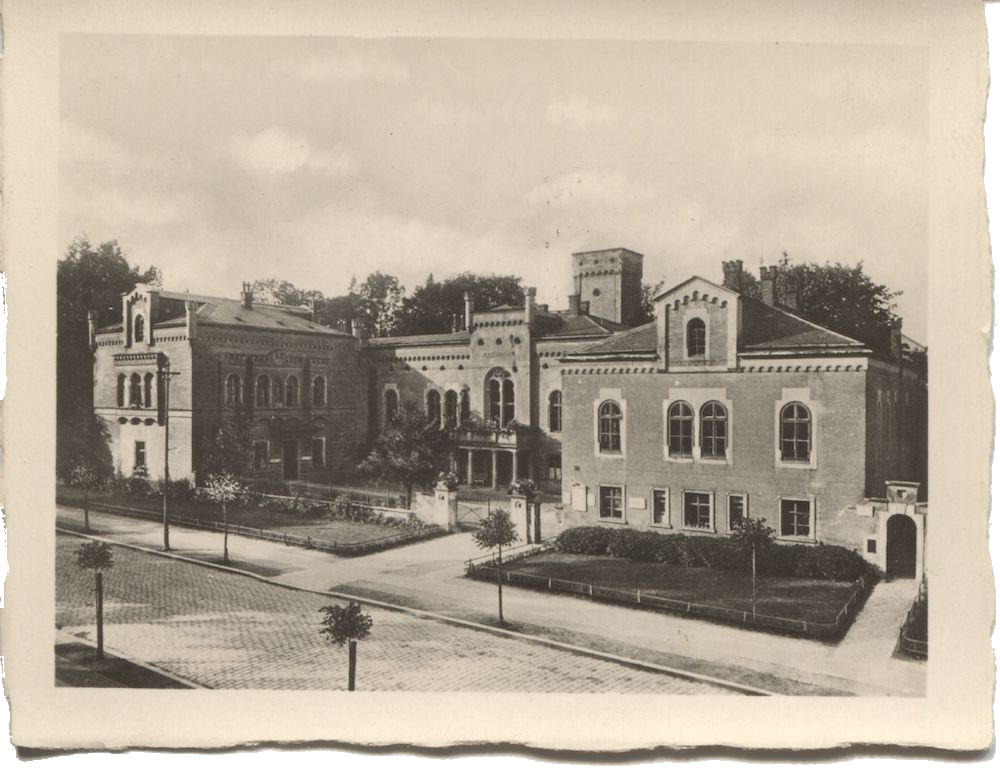
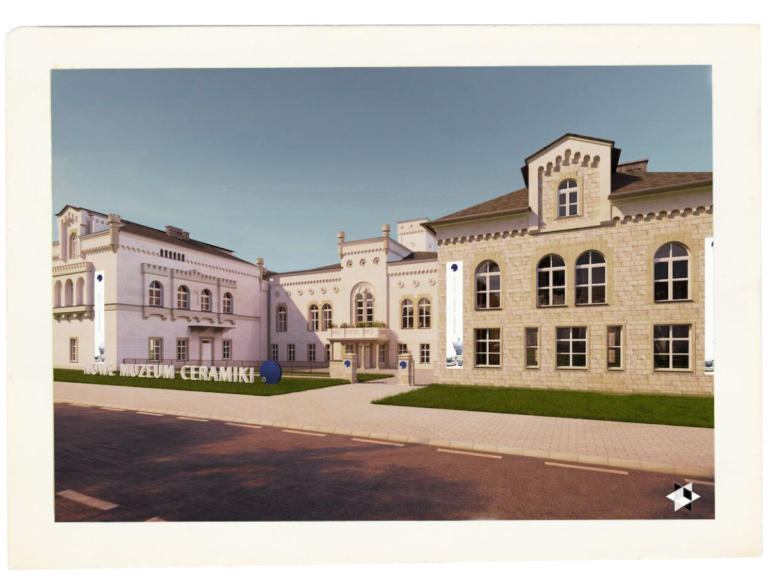
For decades, it served as a residence of the nobility and wealthy industrialists, and in the difficult period of 1930s it became a place of activity for Nazi organisations. After surviving World War II, it served as the seat of several Polish enterprises and institutions.
Project partners
Bolesławiec as a dynamic, open and supportive local community, builds its identity on multicultural historical heritage and on the unique ceramic tradition. Bolesławiec is a county town with over 750 years of history, considered one of the most beautiful towns in Lower Silesia. The city of approx. 40,000 inhabitants is located near the border crossings with Germany and the Czech Republic, at the intersection of important communication routes
Telemark Museum is a consolidated museum that operates Henrik Ibsen Museum and Brekkeparken in Skien, Porselensmuseet in Porsgrunn, Ulefos Hovedgaard in Nome and Kittelsenhuset in Kragerø, in addition to DuVerden Vitensenter, which has been established as a separate company. This is a result of the national museum reform that has been underway since 2002.
Until the end of 2022, the Museum of Ceramics in Bolesławiec had two departments – the Ceramics Department at 13 A. Mickiewicza street and the City History Department at 14 M. Kutuzowa street. The building at Mickiewicza 13 was originally the seat of the Municipal Museum in Bolesławiec, founded in 1908 and opened for the public in 1911. Opened after World War II in 1950 as a regional museum, it operated with breaks for renovations until 1968, when it was transformed into the Museum of Ceramics. The building of the Bolesławiec Museum, at 14 Kutuzowa street Department, was taken over in 1991. Previously, it used to be the site of the Kutuzov Museum administered by the Russians.
The European Ceramics Route has been operating since 2012. Its goal is to promote the cultural heritage related to the ceramic craft by creating a sustainable and competitive tourist offer, based on production and collections (workshops and museums), and at the same time clearly referring to the comprehensive cultural and social development that cities of ceramics have experienced over the years. For the first 5 years the ECR activities were coordinated by the city of Limoges in France. In 2018, this function was taken over by the Italian city of Faenza.
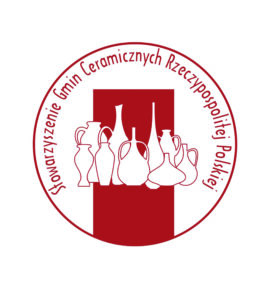
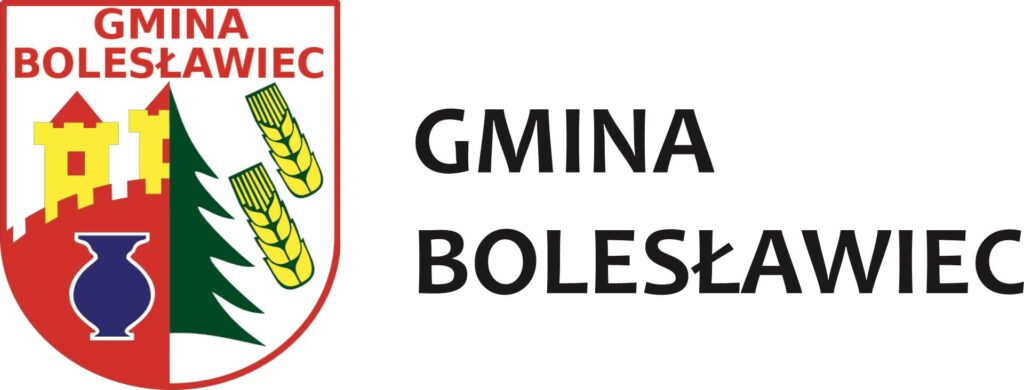
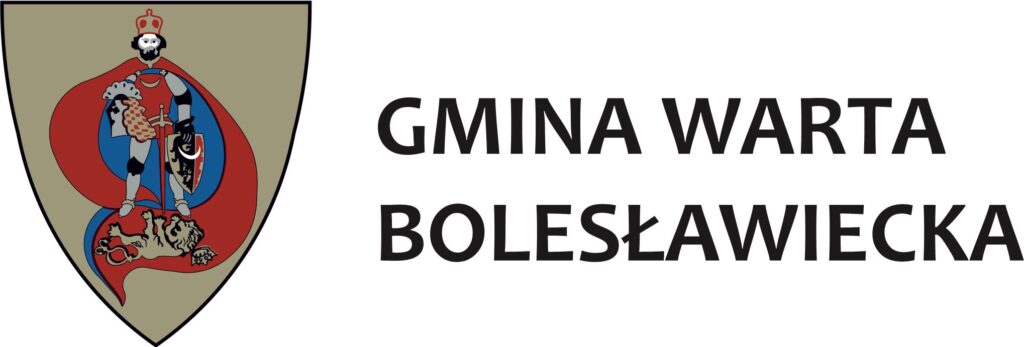
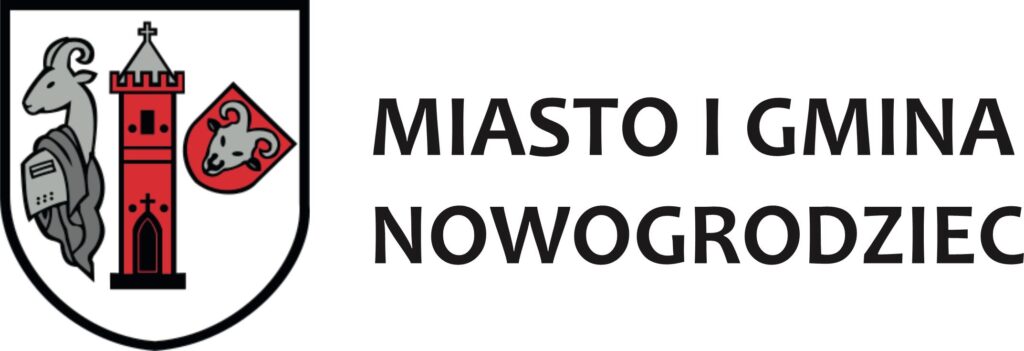
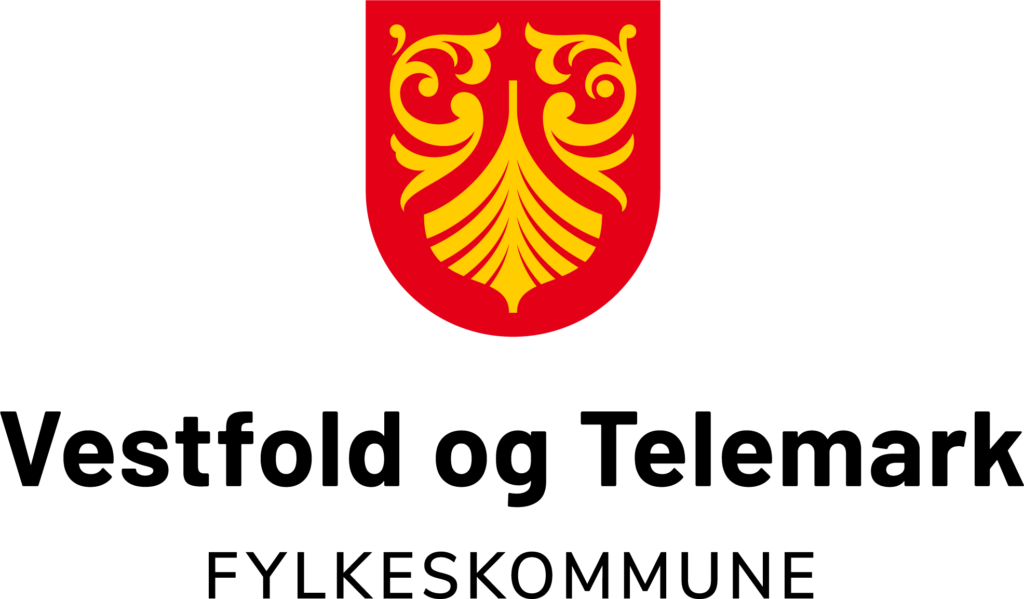

Museum Telemark
The art of ceramics is inextricably tied to early European exchanges and reflects both the common identity of Europe and the local singularities of its territories. It also mirrors the technical advances, artistic trends and ideological aspirations of each period, from the primitive use of terracotta to the most contemporary pieces.
